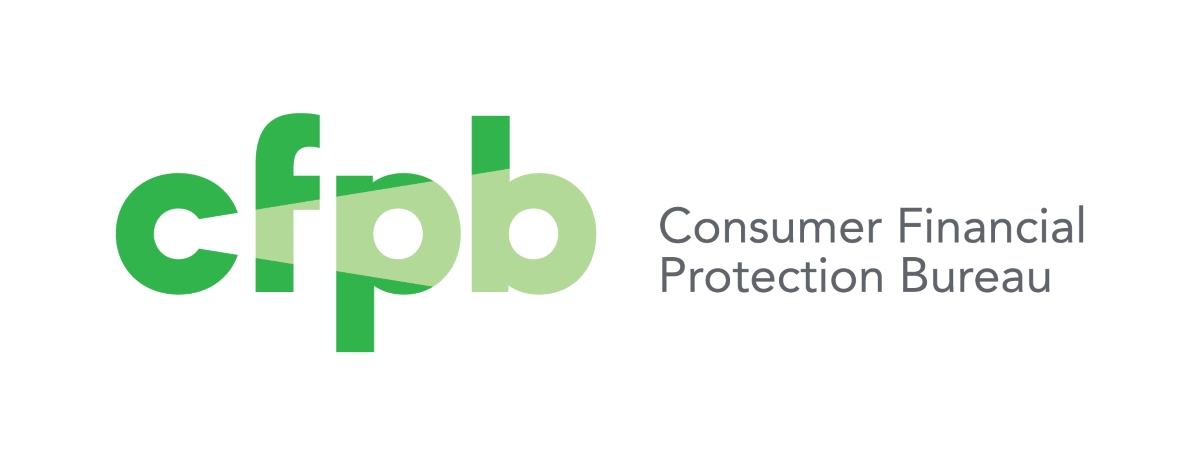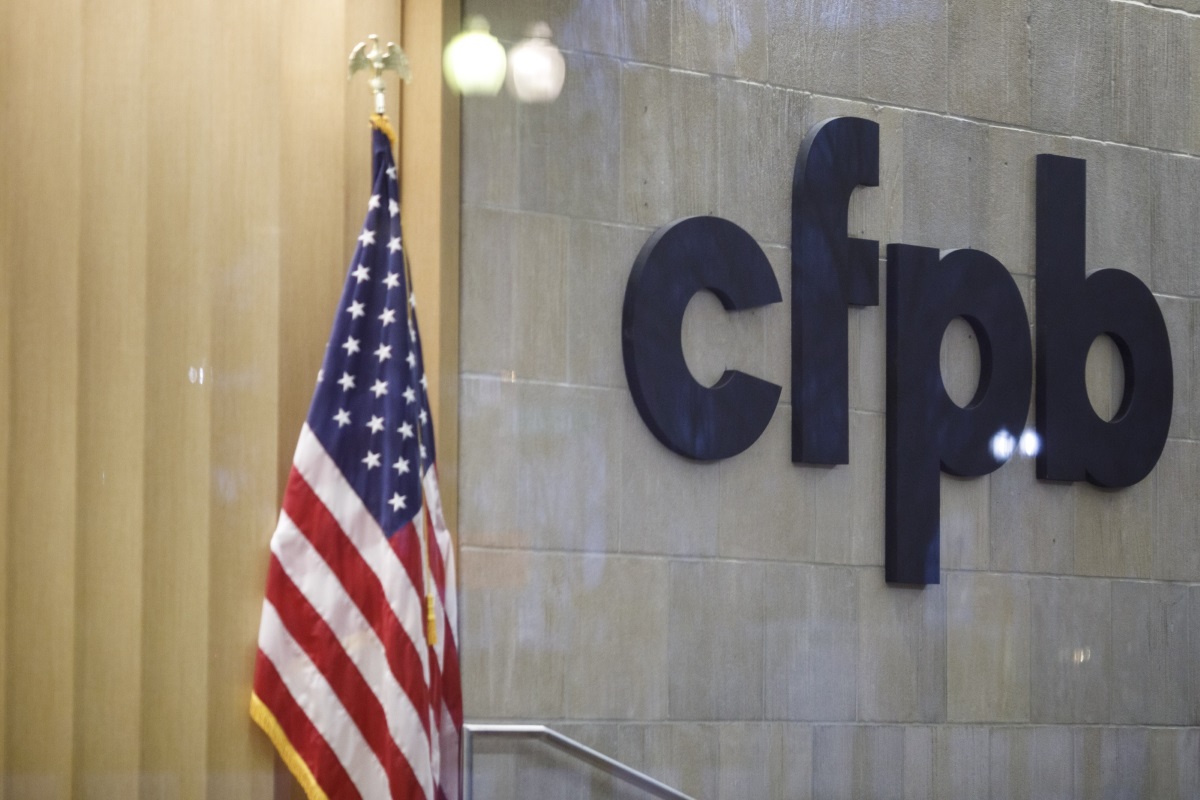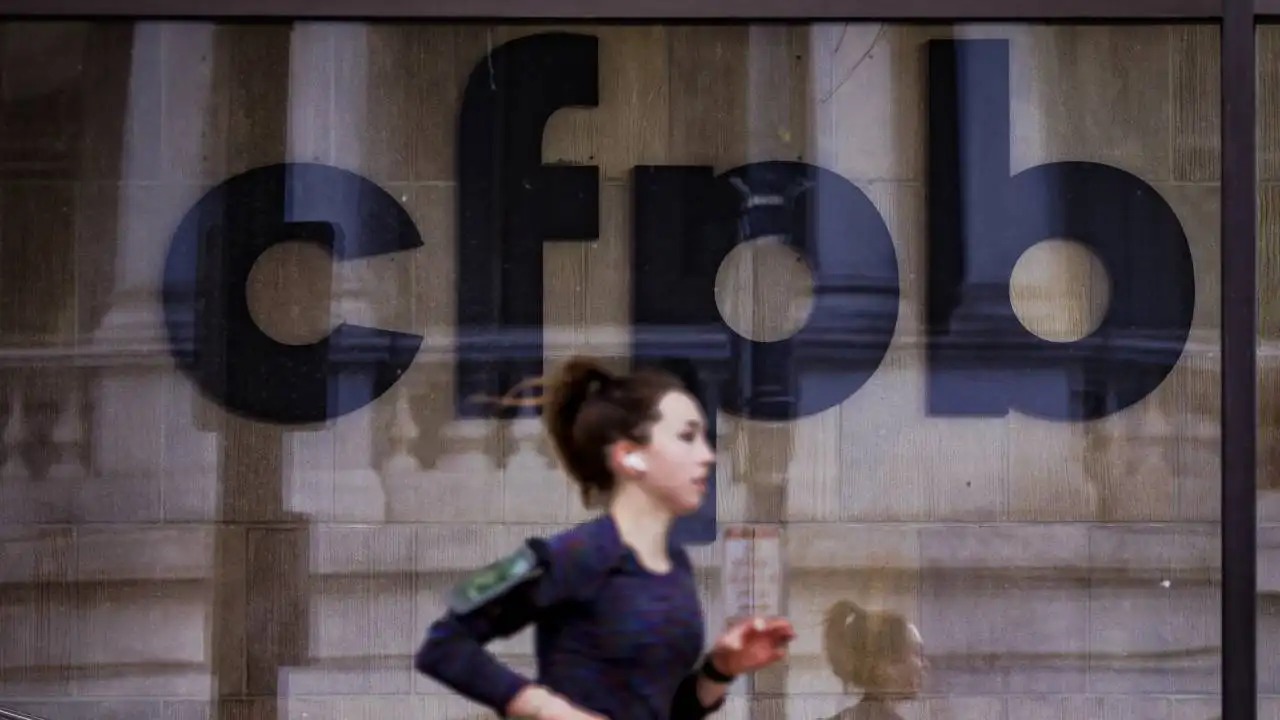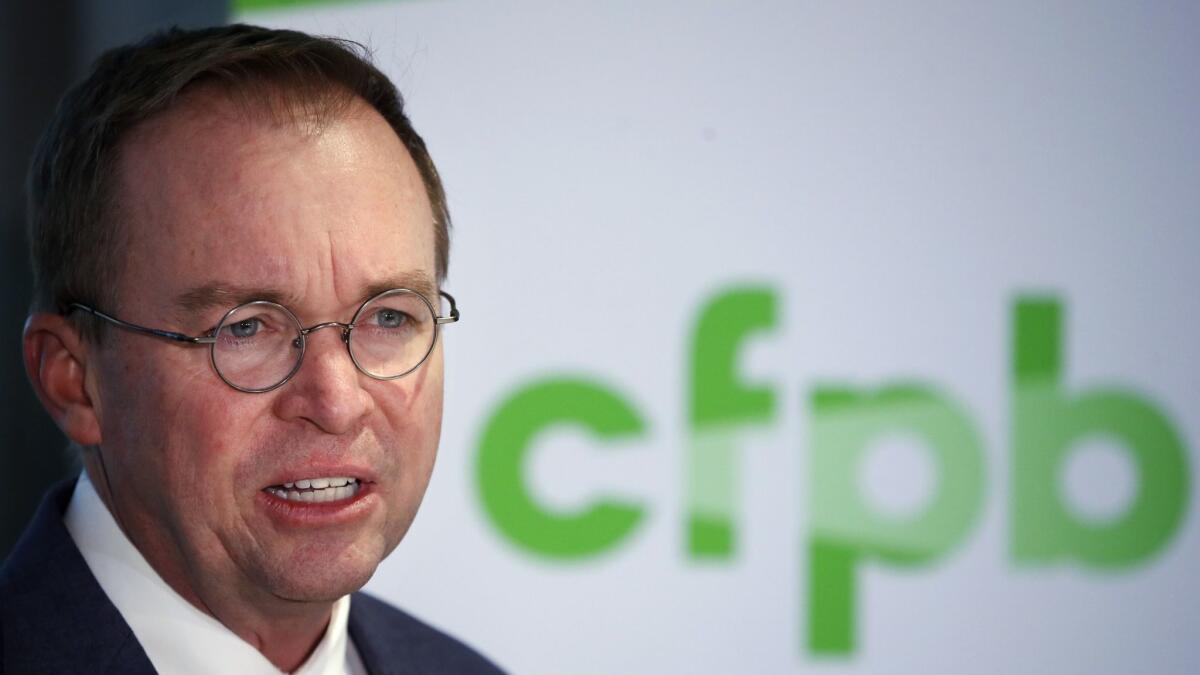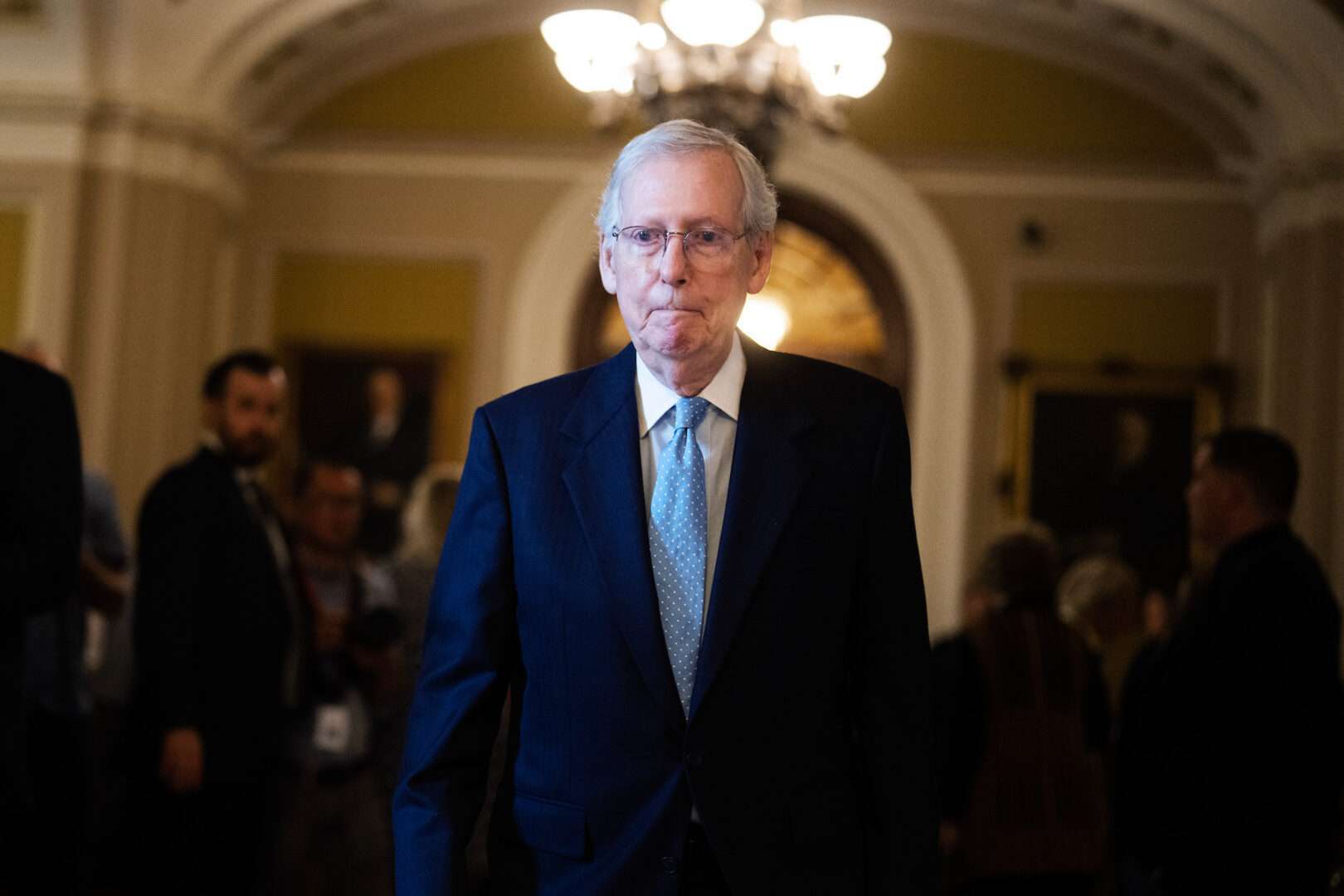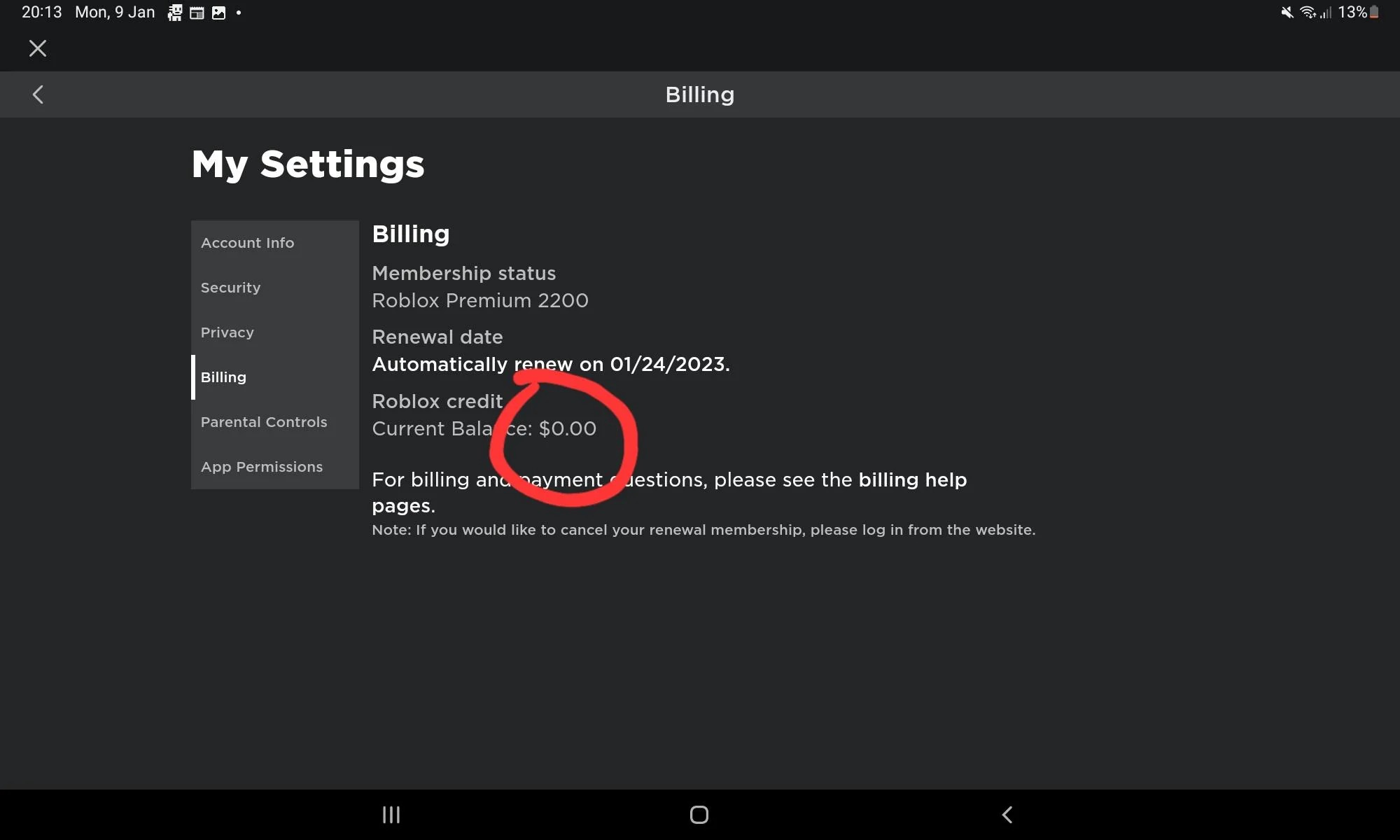Home>Finance>When Did The Consumer Financial Protection Bureau (CFPB) Become Effective?
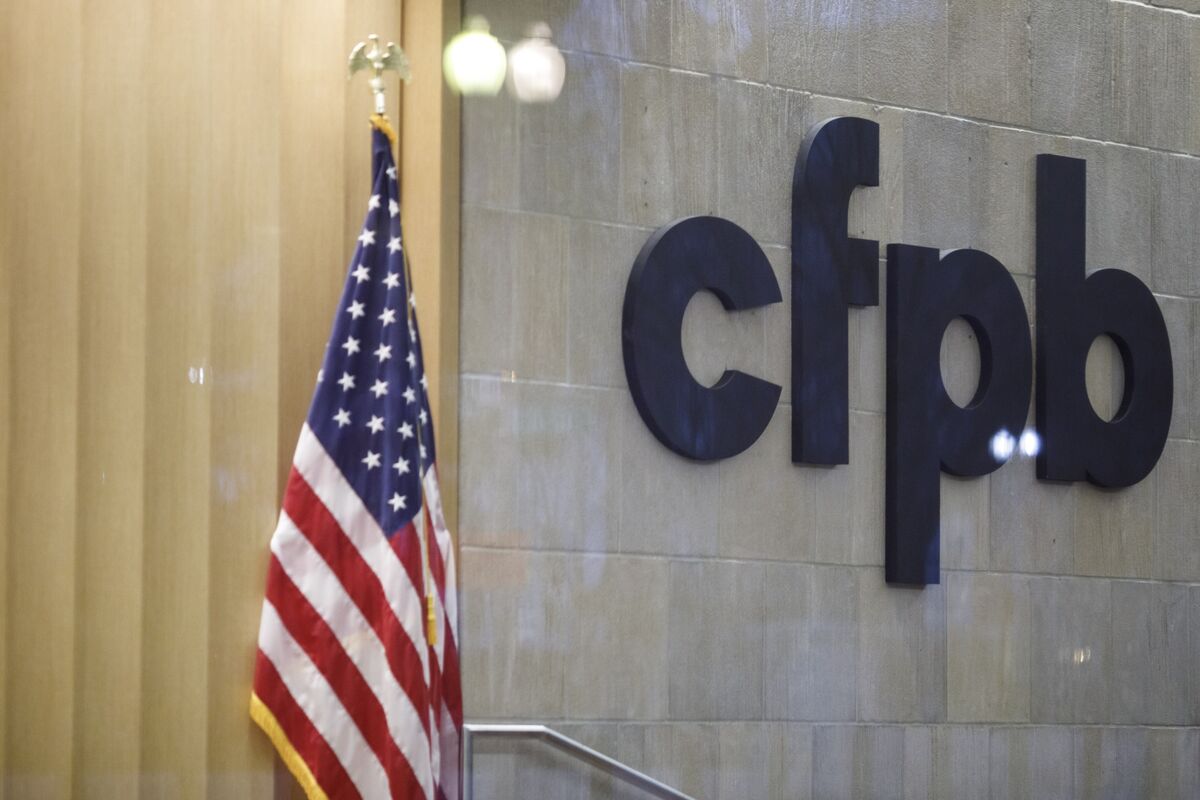

Finance
When Did The Consumer Financial Protection Bureau (CFPB) Become Effective?
Modified: March 1, 2024
Discover the effective date of the Consumer Financial Protection Bureau (CFPB) and its impact on finance. Stay updated on the latest financial regulations.
(Many of the links in this article redirect to a specific reviewed product. Your purchase of these products through affiliate links helps to generate commission for LiveWell, at no extra cost. Learn more)
Table of Contents
- Introduction
- Establishment of the Consumer Financial Protection Bureau (CFPB)
- The Dodd-Frank Wall Street Reform and Consumer Protection Act
- The Role and Responsibilities of the CFPB
- Controversies and Criticisms Surrounding the CFPB
- Effective Date of the Consumer Financial Protection Bureau (CFPB)
- Conclusion
Introduction
The Consumer Financial Protection Bureau (CFPB) is an independent agency of the United States federal government that was established to regulate and enforce consumer financial laws. Its primary objective is to protect consumers from unfair, deceptive, or abusive practices in the financial marketplace. The CFPB was created as part of the Dodd-Frank Wall Street Reform and Consumer Protection Act, which was signed into law in 2010.
With the financial crisis of 2008 highlighting the need for stronger consumer protection measures, the CFPB was established to fill the regulatory gaps in the financial industry. Its creation was a response to the predatory lending practices and unscrupulous behavior of some financial institutions that contributed to the collapse of the housing market and the subsequent global economic downturn.
Since its inception, the CFPB has become a central figure in the financial industry, aiming to ensure fair and transparent practices by financial institutions. Its broad authority and enforcement capabilities have made it a powerful force for consumer protection, overseeing various sectors such as mortgages, credit cards, student loans, payday loans, and other financial products and services.
By providing consumers with information and resources, the CFPB aims to empower them to make informed financial decisions and promote fair competition in the marketplace. The bureau works to prevent illegal activities, conduct investigations, and take enforcement actions when necessary to hold financial institutions accountable for their actions.
Despite its mission to protect consumers, the CFPB has faced criticism and controversy throughout its existence. Some critics argue that it has overstepped its authority and lacks proper oversight, while others question its effectiveness in achieving its intended goals. Nevertheless, the CFPB remains a significant regulatory body in the financial sector, striving to ensure fairness and integrity in consumer financial dealings.
Establishment of the Consumer Financial Protection Bureau (CFPB)
The establishment of the Consumer Financial Protection Bureau (CFPB) can be traced back to the aftermath of the 2008 financial crisis. The widespread predatory lending practices, unscrupulous behavior by financial institutions, and lack of regulatory oversight highlighted the need for stronger consumer protection in the financial industry.
In response to these issues, the Dodd-Frank Wall Street Reform and Consumer Protection Act was signed into law by President Barack Obama in 2010. This landmark legislation aimed to overhaul the financial regulatory system and provide greater protection for consumers.
One of the key provisions of the Dodd-Frank Act was the creation of the CFPB. The bureau was designed to consolidate and streamline the responsibilities of various federal agencies that were previously responsible for consumer financial protection, such as the Federal Reserve, the Office of the Comptroller of the Currency, and the Federal Trade Commission.
The CFPB was established as an independent agency within the Federal Reserve System, with a director who is appointed by the President and confirmed by the Senate. This structure was intended to ensure the bureau’s independence from political pressures and industry influence.
Under the leadership of its director, the CFPB is responsible for enforcing federal consumer financial protection laws, promoting transparency and fairness in the financial marketplace, and educating consumers about their rights and responsibilities when it comes to financial products and services.
Additionally, the CFPB has the authority to write and enforce regulations that govern the practices of financial institutions, such as mortgage lenders, credit card companies, and payday loan providers. It also has the power to conduct investigations, issue subpoenas, and take legal action against entities that engage in unfair, deceptive, or abusive practices.
Overall, the establishment of the CFPB was a significant step towards strengthening consumer protection in the financial industry. It signaled a shift towards greater accountability and transparency in the way financial institutions operate and interact with consumers. With its broad authority and dedicated focus on consumer financial protection, the CFPB plays a crucial role in ensuring a fair and equitable financial marketplace for all consumers.
The Dodd-Frank Wall Street Reform and Consumer Protection Act
The Dodd-Frank Wall Street Reform and Consumer Protection Act, commonly referred to as Dodd-Frank, is a comprehensive piece of legislation that was enacted in response to the financial crisis of 2008. Signed into law by President Barack Obama in July 2010, Dodd-Frank was aimed at preventing a similar crisis from happening again and protecting consumers from abusive practices in the financial industry.
Dodd-Frank introduced a wide range of reforms and regulatory measures to address the systemic risks and failures that contributed to the financial crisis. One of the key objectives of the act was to promote financial stability and reduce the likelihood of future taxpayer-funded bailouts for large financial institutions.
Among the many provisions of Dodd-Frank, one of the most significant was the establishment of the Consumer Financial Protection Bureau (CFPB). The CFPB was given the responsibility of enforcing consumer protection laws and ensuring that consumers are treated fairly by financial institutions. It was designed to be an independent agency with a dedicated focus on consumer financial protection.
In addition to creating the CFPB, Dodd-Frank introduced other important reforms. It mandated greater transparency and accountability in the derivatives market, aimed at reducing the risk of speculative trading and ensuring that these complex financial instruments are traded in regulated markets. The act also established the Financial Stability Oversight Council (FSOC) to identify and address potential risks to the stability of the financial system.
Dodd-Frank also sought to address the issue of “too big to fail” by implementing measures to strengthen the regulation of large financial institutions. It imposed stricter capital and liquidity requirements, mandated annual stress tests to assess the resilience of banks, and provided a process for orderly liquidation of failing financial firms. These measures were aimed at preventing the collapse of large financial institutions and minimizing the impact on the broader economy.
Furthermore, Dodd-Frank introduced reforms to protect consumers in the mortgage market. It established new standards for mortgage lending, including the requirement for lenders to assess a borrower’s ability to repay a loan. It also created the Office of Mortgage Settlement Oversight to monitor and enforce compliance with mortgage servicing standards.
Overall, the Dodd-Frank Wall Street Reform and Consumer Protection Act aimed to address the deficiencies in the regulatory framework that contributed to the financial crisis. By introducing comprehensive reforms, enhancing consumer protection, and promoting financial stability, Dodd-Frank sought to create a more resilient and fair financial system in the United States.
The Role and Responsibilities of the CFPB
The Consumer Financial Protection Bureau (CFPB) plays a vital role in protecting consumers in the financial marketplace. As an independent agency within the federal government, the CFPB has a wide range of responsibilities aimed at ensuring fair and transparent practices by financial institutions.
One of the primary roles of the CFPB is to enforce federal consumer financial protection laws. This includes regulations related to mortgages, credit cards, student loans, payday loans, and other financial products and services. The bureau has the authority to investigate and take enforcement action against individuals or entities that engage in unfair, deceptive, or abusive practices.
In addition to enforcement, the CFPB also focuses on proactively educating and empowering consumers about their financial rights and responsibilities. The bureau provides resources, guides, and tools to help individuals make informed decisions when it comes to financial products and services. This includes information on debt management, credit scores, and financial planning.
The CFPB is also responsible for conducting research and analysis to identify emerging issues and trends in the financial industry. By monitoring the marketplace, the bureau can gather data and insights to inform its rulemaking and enforcement activities. This research-driven approach allows the CFPB to stay ahead of potential risks and develop effective measures to protect consumers.
Another important aspect of the CFPB’s role is to promote transparency and disclosure in the financial industry. The bureau works to ensure that consumers have access to clear and understandable information about the terms and costs of financial products and services. This includes requiring financial institutions to provide accurate and concise disclosures and to adhere to consumer protection laws.
Furthermore, the CFPB has a mandate to address financial discrimination and promote equal access to credit. The bureau works to combat discriminatory practices by financial institutions, such as redlining or charging higher interest rates based on factors like race or ethnicity. It also aims to increase access to affordable and responsible credit options for underserved and marginalized communities.
Overall, the CFPB’s role is to protect consumers from unfair practices in the financial marketplace and to promote transparency, fairness, and equal access to financial services. By enforcing consumer protection laws, providing educational resources, conducting research, and advocating for consumers’ rights, the CFPB works to ensure a level playing field for all individuals in their financial interactions.
Controversies and Criticisms Surrounding the CFPB
The Consumer Financial Protection Bureau (CFPB), despite its mission to protect consumers in the financial marketplace, has faced controversies and criticisms since its inception. While many view the CFPB as a necessary and effective regulatory body, others have raised concerns about its authority, accountability, and impact on the financial industry.
One of the main criticisms directed at the CFPB is its perceived lack of oversight and accountability. As an independent agency, the CFPB operates with a significant amount of autonomy, which some argue can lead to regulatory overreach and potential abuses of power. Critics point to the fact that the CFPB is funded by the Federal Reserve, rather than through the traditional congressional appropriations process, as a factor that contributes to its lack of oversight.
Furthermore, opponents of the CFPB argue that its broad enforcement powers give it too much control over the financial industry, potentially stifling innovation and impeding economic growth. Some financial institutions assert that the bureau’s stringent regulations and aggressive enforcement measures place an undue burden on their operations, increasing compliance costs and limiting their ability to serve consumers.
In addition, the structure of the CFPB has also faced legal challenges. In a landmark case, the U.S. Supreme Court ruled in Seila Law v. CFPB in 2020 that the bureau’s leadership structure, which featured a single director removable only for cause, was unconstitutional. The court determined that the director’s lack of accountability and removal restriction violated the separation of powers. As a result, the director can now be removed by the President at will, potentially impacting the bureau’s stability and continuity.
Controversy has also arisen regarding the CFPB’s handling of consumer complaints. While proponents argue that the bureau’s complaint database provides greater transparency and helps consumers make informed decisions, critics assert that it may contain unsubstantiated or inaccurate information. There have been concerns that the CFPB utilizes these complaints as the basis for enforcement actions without proper verification.
Furthermore, some industry groups and politicians have called for the CFPB’s authority to be curtailed or eliminated altogether. They argue that the CFPB’s regulatory reach extends beyond its intended scope, encroaching on the jurisdiction of other agencies and imposing unnecessary burdens on financial institutions.
Despite these controversies and criticisms, the CFPB continues to operate as a regulatory agency focused on protecting consumers in the financial marketplace. Through ongoing dialogue, legislative changes, and increased oversight, efforts are being made to address the concerns surrounding the bureau’s authority, accountability, and impact on the financial industry.
Effective Date of the Consumer Financial Protection Bureau (CFPB)
The Consumer Financial Protection Bureau (CFPB) became officially effective on July 21, 2011. This marked the day when the bureau gained regulatory and enforcement authority, allowing it to fulfill its mission of protecting consumers in the financial marketplace.
However, it is important to note that the creation of the CFPB was a gradual process. The Dodd-Frank Wall Street Reform and Consumer Protection Act, which established the bureau, was signed into law on July 21, 2010. This provided a one-year transition period for the CFPB to become fully operational.
During this transition period, the CFPB went through an extensive planning and implementation phase. The agency focused on building its infrastructure, hiring staff, and developing policies and procedures to ensure effective consumer protection. It also engaged in outreach efforts to gather input from stakeholders and the public, shaping its approach to regulating the financial industry.
Throughout the first year, the CFPB worked closely with existing federal agencies responsible for consumer protection, such as the Federal Reserve, the Office of the Comptroller of the Currency, and the Federal Trade Commission. This collaboration helped facilitate a smooth transition and ensure a coordinated approach to consumer financial protection.
On July 21, 2011, the CFPB assumed its full regulatory and enforcement authority. This meant that the bureau could now write and enforce regulations that govern the practices of financial institutions and hold them accountable for unfair, deceptive, or abusive practices. It also had the power to investigate consumer complaints, take legal action, and promote transparency and fairness in the financial marketplace.
Since its effective date, the CFPB has played a pivotal role in regulating and enforcing consumer financial protection laws. It has worked diligently to address issues such as predatory lending, unauthorized fees, unfair debt collection practices, and discriminatory lending practices.
It is worth noting that the effectiveness and impact of the CFPB have been the subject of ongoing debate. While proponents argue that the bureau has been successful in safeguarding consumers and holding financial institutions accountable, opponents raise concerns about its authority, accountability, and potential regulatory overreach.
In recent years, there have been efforts to modify the CFPB’s structure and authority through legislative proposals. These efforts aim to address the concerns raised by critics while preserving the bureau’s role in protecting consumers and promoting fair practices in the financial industry.
Overall, the effective date of the CFPB on July 21, 2011, marked a significant milestone in the realm of consumer financial protection. It established the bureau as a key regulatory authority and set the stage for its ongoing efforts to ensure fairness, transparency, and accountability in the financial marketplace.
Conclusion
The Consumer Financial Protection Bureau (CFPB) plays a crucial role in safeguarding consumers and promoting fairness in the financial marketplace. Since its establishment as part of the Dodd-Frank Wall Street Reform and Consumer Protection Act in 2010, the CFPB has worked diligently to protect consumers from unfair, deceptive, or abusive practices.
Through its enforcement actions, the CFPB has held financial institutions accountable for their actions, ensuring that consumers are treated fairly and transparently. It has also focused on educating consumers about their rights and responsibilities, equipping them with the knowledge to make informed financial decisions.
While the CFPB has faced controversies and criticisms, including concerns regarding its authority and accountability, its impact on consumer protection cannot be overlooked. The bureau has implemented regulations, conducted research, and addressed emerging issues in the financial industry, all with the aim of creating a more equitable and stable financial system.
Additionally, the CFPB’s efforts have been instrumental in promoting transparency and disclosure, curbing discriminatory lending practices, and providing a platform for consumer complaints to be addressed. By doing so, it has empowered consumers and fostered a more level playing field between financial institutions and individuals.
As the financial landscape continues to evolve, the CFPB’s role remains crucial in protecting consumers’ interests. However, ongoing discussions and debates surrounding the bureau’s structure and authority highlight the need for continued refinement and oversight.
In conclusion, the CFPB serves as an important regulatory body with the responsibility to ensure fair practices in the financial industry. Its establishment and enforcement actions have had a significant impact on consumer protection and have contributed to a more transparent and accountable financial marketplace. While challenges and controversies persist, the CFPB’s commitment to its mission reinforces the importance of consumer financial protection in building a more equitable and resilient economy for all.
